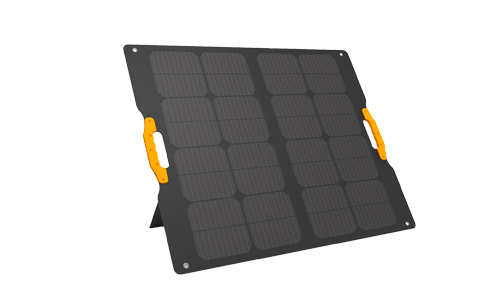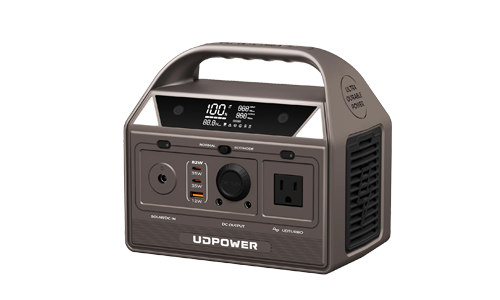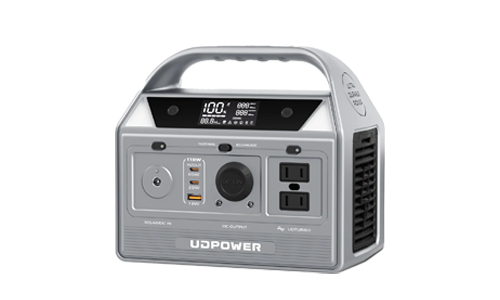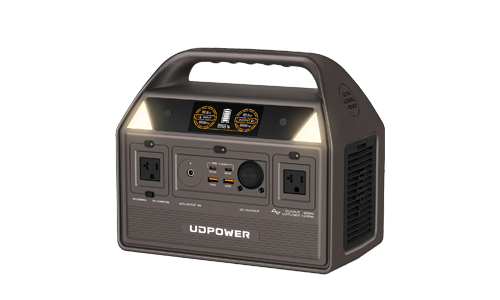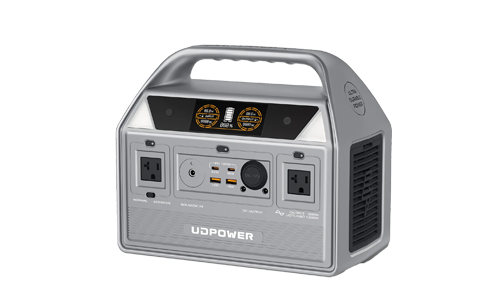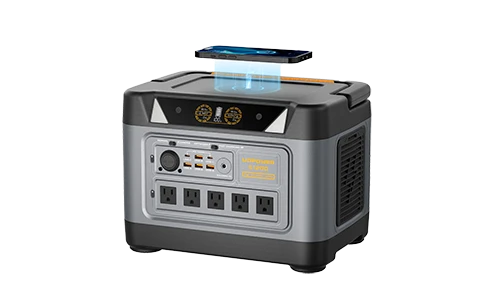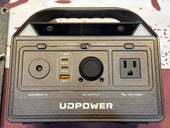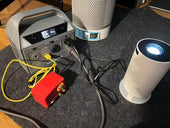Which is better: lithium iron phosphate (LiFePO4) batteries or ternary lithium batteries?
AdminMy Store1. Overview
Both lithium iron phosphate (LiFePO4) batteries and ternary lithium batteries (typically lithium nickel manganese cobalt oxide, NMC) are types of lithium-ion batteries widely used in various applications, such as electric vehicles, portable power storage, solar energy storage, and home energy systems. Both battery types feature high energy density, long charging cycles, and extended lifespan. However, they differ in aspects such as charging speed, safety, energy density, cycle life, cost, and environmental impact. Understanding these differences is crucial for selecting the most suitable option for your specific needs.

2. LiFePO4 vs. Ternary Lithium Battery Comparison Table
The table below summarizes key differences based on industry data:
| Parameter | LiFePO4 (Lithium Iron Phosphate) | Ternary Lithium (NMC) |
|---|---|---|
| Nominal Voltage | 3.2V per cell | 3.6–3.7V per cell |
| Energy Density | 90–160 Wh/kg | 150–250 Wh/kg |
| Cycle Life | 2000–5000 cycles @80% DOD | 500–1500 cycles @80% DOD |
| Charging Speed | Slower; standard 0.5C-1C rates | Faster; supports 1C-2C rates |
| Thermal Stability | Excellent (up to ~600°C before thermal runaway) | Moderate (~200°C before thermal runaway) |
| Safety Risk | Lower risk of fire/explosion | Higher risk under abuse conditions |
| Cost per kWh | Lower (~$90–$120/kWh) | Higher (~$120–$180/kWh) |
| Environmental Impact | No cobalt/nickel; lower mining impact | Contains cobalt/nickel; higher environmental cost |
| Typical Applications | Solar storage, RVs, portable stations, buses | EVs (cars), drones, portable electronics |
| Operating Temperature Range | -20°C to +60°C | -20°C to +55°C |
Note: Data ranges vary based on manufacturer formulations and cell designs. Always refer to your battery supplier’s datasheet for exact specifications.
3. Charging Speed
LiFePO4 batteries typically charge at a slower rate, requiring more time to reach full capacity due to their chemical structure and lower nominal voltage. For example, a standard LiFePO4 cell charges at 0.5C to 1C safely. In contrast, ternary lithium batteries (NMC) can handle higher charging currents up to 1C–2C, allowing for faster charging and shorter downtime – a key advantage for electric vehicles and public fast-charging stations that prioritize time efficiency.
4. Safety
Safety is a critical consideration in battery selection. LiFePO4 batteries are generally safer because their phosphate-based cathode material has strong chemical and thermal stability. They can withstand higher temperatures (thermal runaway at ~600°C) without decomposing violently. Conversely, ternary lithium batteries, especially those with high nickel content, are more prone to overheating, thermal runaway (~200°C), and combustion under abuse conditions such as puncture, overcharging, or short circuit.

5. Cost
In terms of cost, LiFePO4 batteries are generally more affordable, with pack prices ranging from $90 to $120 per kWh due to abundant raw materials (iron and phosphate). Ternary lithium batteries, on the other hand, cost approximately $120 to $180 per kWh due to the use of cobalt and nickel, which are expensive and geopolitically sensitive. For large-scale battery systems such as solar energy storage or electric buses, LiFePO4 provides better cost efficiency.
6. Environmental Impact
Both battery types have environmental implications. Ternary lithium batteries use cobalt and nickel, which have significant ecological and human rights concerns during mining, processing, and recycling. LiFePO4 batteries do not contain cobalt or nickel, reducing toxicity and environmental risk. However, LiFePO4 production involves energy-intensive processes, so their overall footprint still requires proper lifecycle management. Choosing between them should consider your sustainability priorities alongside technical requirements.
7. Conclusion
In summary, both LiFePO4 and ternary lithium batteries have their own strengths and trade-offs:
- LiFePO4: Safer, longer cycle life, lower cost, lower energy density, environmentally friendlier.
- Ternary Lithium (NMC): Higher energy density, faster charging, lighter weight, but more expensive and with higher safety risks.
When choosing between them, consider your application’s energy density needs, budget constraints, safety requirements, and environmental impact goals. For portable power storage and solar storage, LiFePO4 remains a robust and safe choice. For electric cars that prioritize compact size and high mileage, ternary lithium batteries continue to dominate despite their higher cost and risk profile. Whichever option you choose, ensure proper usage, charging practices, and battery management systems to maximize lifespan and safety.
